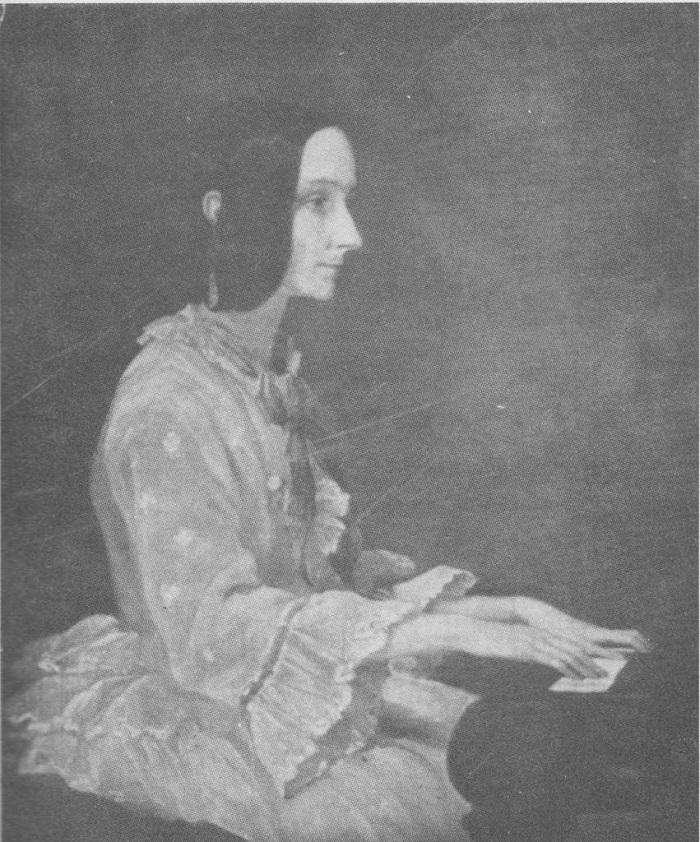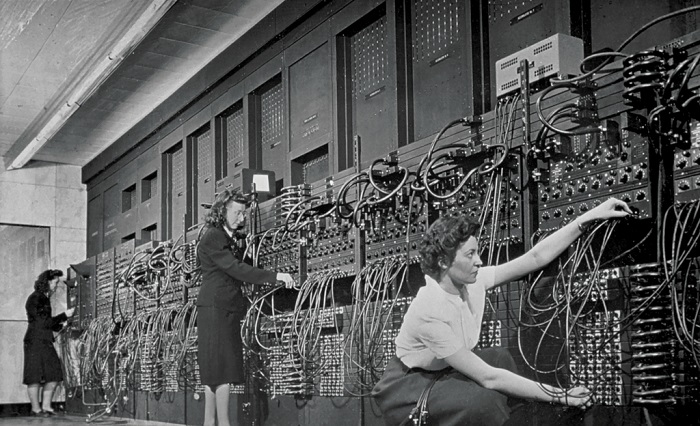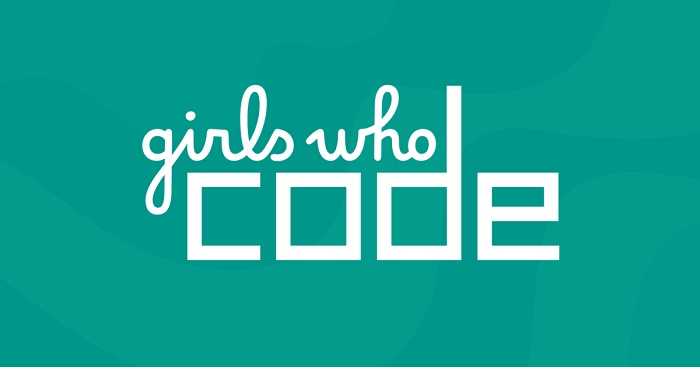March is Women’s History Month, and we’re celebrating women in computer programming! Women in the programming field have a long history, but it's one that's been mostly forgotten. Learn about the history of women in computing, and see what we're doing to help support those women.
What is Women’s History Month?
Women’s History Month isn’t new. In fact, it’s been celebrated in the US since 1987. Before that, the week of March 8th had been Women’s History Week since 1980. Even before that, International Women’s Day had been observed since 1911. That’s more than a century of celebrating women’s history in March.
Women’s History Month is an entire 31 day celebration of women’s contributions to our society, whether they’re economic, social, political, technological, or cultural. These celebrations take place as in person local events, online events, and even just information about women’s history being distributed online.
What’s important about Women’s History Month is that it’s a great time not just to learn about the history of women in America, but also to learn about and consider the roles of women today and the obstacles they face.
That’s why we chose to focus on women in computer programming for Women’s History Month in 2023.
The history of women in computer programming

Culturally speaking, the image of the computer programmer is overwhelmingly male, but that’s not what it has always looked like.
The first person to perform what we would call computer programming was a woman. Ada Lovelace was a mathematician in 1833, and she wrote what is now regarded as the first computer program in history. It was for a device called the Analytical Engine, a kind of mechanical computer. She wrote a program that would calculate the Bernoulli sequence; a series of repeated trials with only two outcomes. This is like calculating the probable results of repeated coin flips.
In the 1940s, digital computers became a reality, and women again were the pioneers of coding. The first programmable digital computer, the Electronic Numerical Integrator and Computer, was developed. Programming at the time was viewed as menial, secretarial. Men constructed the machines, and women programmed them. So the programming team for the ENIAC was entirely female.

In 1946, the ENIAC was put on display for leaders in scientific fields. The team wrote a program that calculated missile trajectories to show off the computer’s capabilities. The women were not introduced, nor even mentioned at the event.
The dominance of women in computer programming continued. A woman named Grace Hopper is credited with creating the first compiler; a program that allows coders to use computer languages instead of coding in binary. She also advised the team that created Cobol, a programming language widely used in business. Fran Allen was an expert in optimizing Fortran, a computer language used by the scientific community. A young Black woman named Arlene Gwendolyn Lee became one of the first programmers in Canada. A woman named Elsie Shutt founded a company called Computations Inc, a consultancy firm that coded for corporations.
Women in programming today
In the 1970s, the numbers of men and women who were interested in a career in computer programming were roughly equal. In 1984, 37.1% of all students graduating with computer sciences degrees were women. But from that point, the number of women in coding declined. By 2010, that percentage had dropped to just 17.6%. The pioneering work of women in the field of computer programming was largely forgotten.
Today, women hold only 26.7% of tech related jobs, and that number has decreased over the last two years. While roughly 3 in 4 girls express interest in computer science, only 1 in 4 jobs in the IT field are held by women.
The reasons for this disparity are complicated. Women report pay inequity in computer science careers, and they often struggle to advance. Even before that, boys in school tend to receive more attention from their teachers than do girls.
So what can we do to help elevate women in the computer programming field?
We’re helping Girls Who Code

Girls Who Code is a nonprofit organization working to close the gender gap in the computer programming field. They provide services to girls in 3rd grade through to women up to 25 years old to support them in receiving computer programming education and career support. They pursue their mission by offering:
- School clubs
- College and career programs
- Summer programs
- Code at home activities
During Women’s History Month, we’re donating 30% of the proceeds from the sale of our Bramble Berry Fragrance Oil to Girls Who Code to help them in supporting women in computer sciences. Join us through the month of March in supporting this fantastic organization and the women and girls that it helps.

